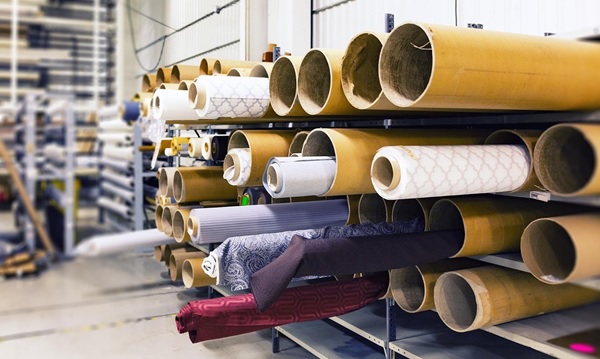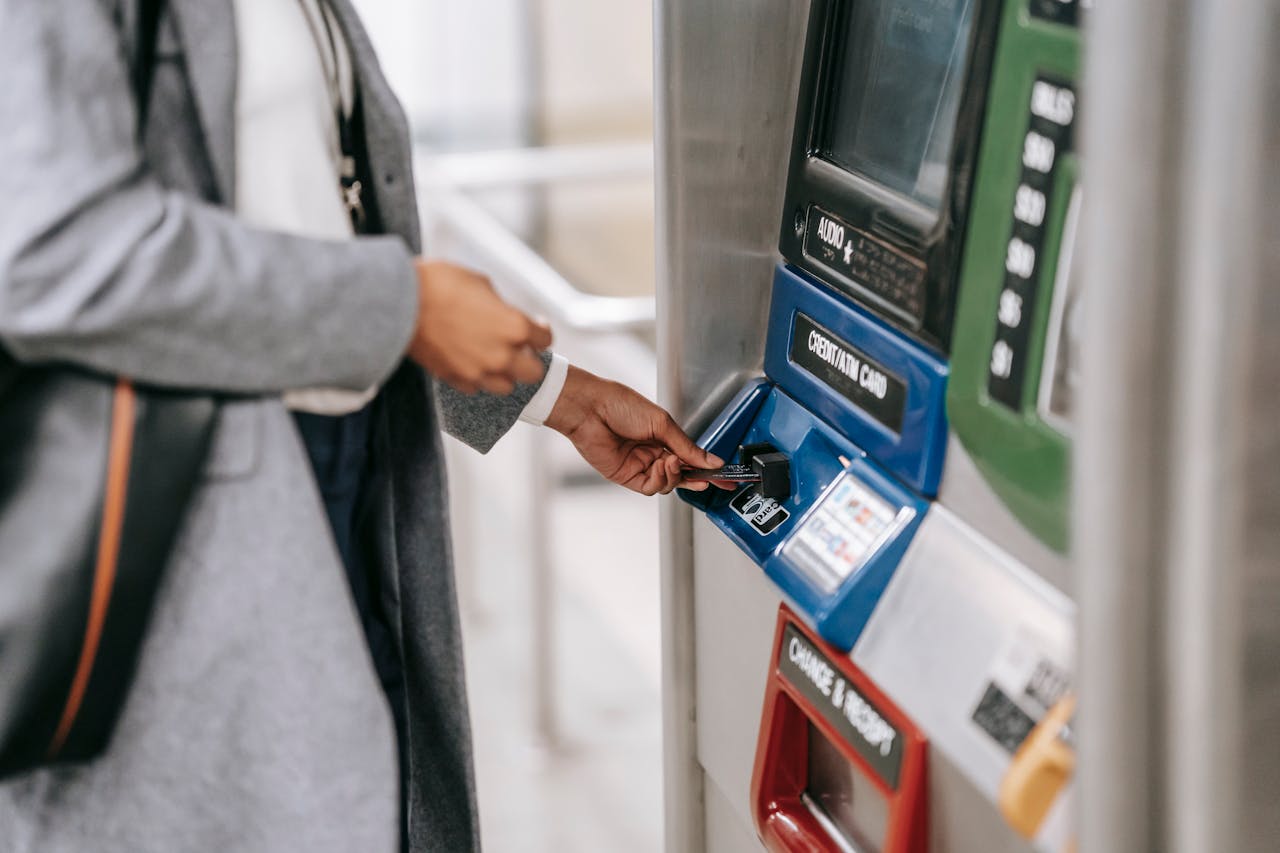

The demand for manufacturing products has shown a slight increase during the second half of 2021 in the Philippines, with new orders stabilizing following the continuous decline since the start of the COVID-19 pandemic. However, the country's supply chain has yet to recover at the same pace as the manufacturing demand, resulting in material shortages that hinder the recent productions. The Philippines' manufacturing production has currently stood in a declining position since May 2021, causing industry players to become hesitant in the sector's outlook.

As a result of the material shortages, the Philippines' input costs are experiencing the fastest rise since 2018. Firms are now required to set higher prices for clients, eventually driving demands downwards. However, as countries reopen their economies and allow for import and export transactions, new order inflows are starting to stabilize at a modest pace. Today, larger manufacturing firms are approaching an inventory-heavy purchase to secure raw materials at a stable price to raise their pre-production holdings and scale back on their topline numbers.
Since August, the orders reduction rate has fallen to a more modest pace due to the rise in export sales compared to the previous period. In addition, businesses in the Philippines have been able to hold employments and maintain production despite the freight delays and container shortages happening in the global supply chain. Firms are now anticipating longer lead times and purchasing stocks to secure supply as demands recover.
The Philippines' manufacturing industry's growth will rely on the macroeconomic recovery, led by the government to release policy reforms and expansionary fiscal programs to provide employment, upskill workers, expand social protection, and implement an active labor market. As the economy slowly regains footing and the citizens gradually get vaccinated, its manufacturing outlook optimizes. Firms will soon obtain their pre-pandemic level capacity, requiring them to rehire employees to cater to growing orders and provide a more stable financial security for the Philippines after the pandemic.
Even though risks and opportunities linger in the Philippines manufacturing sector, manufacturing players are now emphasizing innovation and digitalization to enhance resiliency. Technologies can improve supply chain visibility and reliability within the process, considering the supply chain still stands as a significant pain point for the industry. However, while digitalization and innovation are important, the Philippines still need to build a strong foundation on investment regulatory framework to proceed with nationwide digitalization and improve the investment climate.
An example of how digitalization can revolutionize the Philippines' manufacturing industry is the Smart Industry Readiness Index (SIRI) program. The SIRI program can act as an effective tool in catalyzing the digitalization of manufacturing companies by providing objective and comprehensive evaluation on production facilities, eventually helping companies prioritize which element to transform digitally. The SIRI program emphasizes the lengthy digital transformation process that manufacturing companies have to go through. Therefore, a prioritization matrix from a globally accepted standard can become the benchmark on a step-by-step approach for companies seeking to shift their operations digitally gradually.

Leading the Charge: Major Players in SEA’s Digital Lending Market
The fintech lending market in SEA is poised for substantial growth, including digital lending which is set to surpass digital payments as the primary revenue driver for the region's digital financial services sector by 2025, with a compound annual growth rate (CAGR) of 33%. This growth is fueled by the widespread adoption of automated loan origination processes and the seamless integration of financial services into digital platforms.

Unlocking Opportunities in the SEA Digital Financial Services Landscape
In recent years, Southeast Asia (SEA) has emerged as a hotbed for fintech innovation, transforming the financial landscape across its diverse markets. This transformation is characterized by a surge in digital financial services (DFS), revolutionizing how individuals and businesses manage their finances. However, the journey is not without its challenges, and understanding these is crucial for stakeholders aiming to navigate this rapidly evolving sector.

How SEA Startups are Navigating Funding Challenges
The startup ecosystem in Southeast Asia (SEA) has long been a vibrant hub for innovation and growth. However, recent global economic shifts and the aftermath of the COVID-19 pandemic have ushered in a new era of funding challenges.

Challenges for Sustainable Recovery in Southeast Asia
Sustainable recovery in Southeast Asia faces numerous challenges, yet also presents significant opportunities for green growth. Addressing sustainable issues is crucial for achieving a resilient and sustainable future.